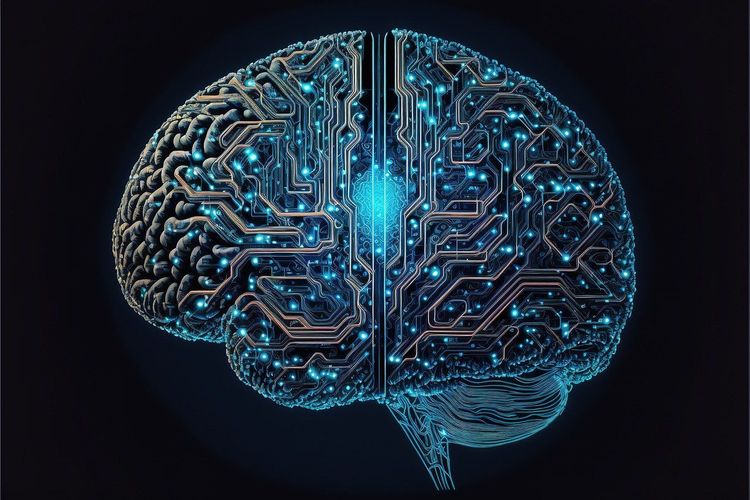AI, particularly generative AI and large language models (LLMs), has made significant advancements and is poised for widespread adoption across industries. According to McKinsey, companies that excel in AI are fully committing to these technologies, and businesses must adapt to avoid falling behind.
However, AI safety remains an underdeveloped field, presenting substantial risks to organizations utilizing this technology. Incidents of AI and machine learning (ML) misbehaving abound, with algorithms in sectors like medicine and law enforcement revealing hidden biases that can exacerbate societal inequalities and harm reputations.
A notable cautionary tale is Microsoft’s Tay Chatbot, which, originally designed to engage in casual conversation, was quickly tainted by misuse and resulted in a public relations disaster. Even the praised ChatGPT has been criticized for its limitations, underscoring the complexities that come with integrating AI into corporate settings.
Corporate leaders recognize the need to harness the transformative potential of generative AI but face challenges in identifying initial use cases while navigating AI safety concerns.
To address this, focusing on “Needle in a Haystack” problems can be effective. Haystack problems are those where generating potential solutions is challenging for humans, but verifying those solutions is straightforward. These unique problems are ideal for early industry adoption, as they are more prevalent than one might expect.
Here are three examples of Haystack problems:
1. Copyediting
Identifying spelling and grammatical errors in lengthy documents can be challenging. While tools like Microsoft Word have long detected spelling mistakes, grammar checks have only recently improved through generative AI. Once potential errors are flagged, humans can easily verify them, making this an ideal application of AI. Services like Grammarly utilize LLMs to assist with copyediting.
2. Writing Boilerplate Code
Learning the syntax and conventions of new APIs is a time-consuming task for software engineers, repeated daily across the industry. Generative AI tools like GitHub Copilot and Tabnine automate code generation, particularly for boilerplate code. While generating code can be intricate, verifying its functionality is relatively simple—engineers can run tests to confirm correctness before deployment.
3. Searching Scientific Literature
Staying current with the vast volume of scientific literature is daunting even for experts, yet those papers harbor invaluable insights. AI can assist by generating novel ideas based on existing research, especially in interdisciplinary fields that require deep understanding of multiple domains. Products like Typeset are making strides in this area.
The Importance of Human Verification
In all these use cases, human verification is paramount. Allowing AI to operate independently in critical business areas poses significant risks, given past failures. Ensuring human oversight of AI-generated content enhances safety and reliability. By concentrating on Haystack problems, companies can balance the advantages of AI while retaining essential human decision-making.
In the early stages of LLM integration, focusing on Haystack use cases allows organizations to gain valuable AI experience while addressing key safety concerns.
About the Author
Tianhui Michael Li is the president of Pragmatic Institute and the founder of The Data Incubator, a data science training and placement organization.
Join the Conversation
DataDecisionMakers is a platform for experts and professionals engaged in data to exchange insights and innovations. Stay informed about best practices and the future of data technology by participating in our community. Consider sharing your own article and contributing to the discussion!







